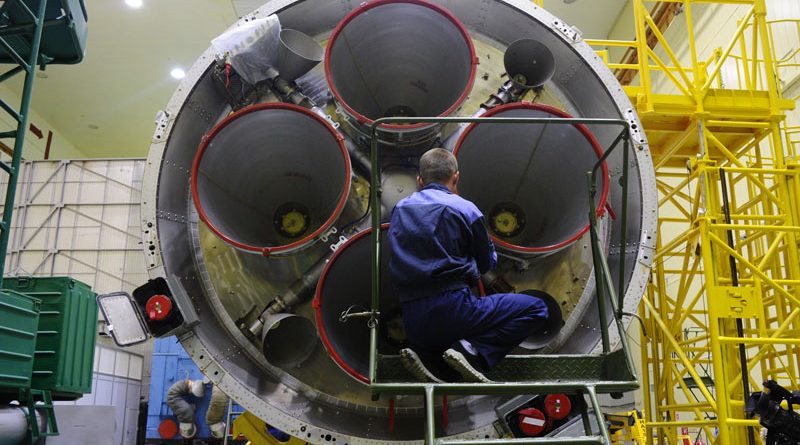Engine-Related Failure likely cause of Soyuz U Mishap with Progress MS-04
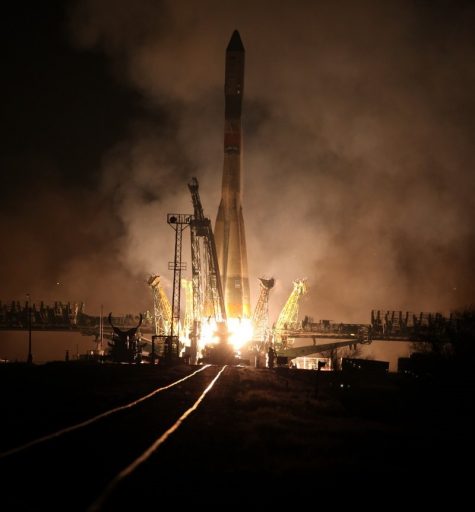
The December 1 loss of the Progress MS-04 cargo spacecraft was most likely caused by a failure within the Soyuz rocket’s upper stage engine which caused the third stage oxidizer tank to rupture.
This conclusion for the most probable cause of the mishap was reached by an expert commission set up after the accident and shared by the Roscosmos State Corporation on Wednesday.
The 7,300-Kilogram Progress MS-04 cargo craft lifted off from the Baikonur Cosmodrome atop the second-to-last Soyuz U rocket, set for a nine-minute climb into orbit followed by a two-day link-up with the International Space Station to deliver over 2,400 Kilograms of cargo to the Station’s six crew members. The operation of the rocket’s lower stages was smooth, however, 382.4 seconds into the climb to orbit, all telemetry from the still-firing Block I upper stage vanished.
Signals from the Progress MS-04 vehicle were received for several minutes indicating that the spacecraft had begun powering up for its trip to the Space Station. But these signals soon faded and it became clear that the mission had ended in failure.
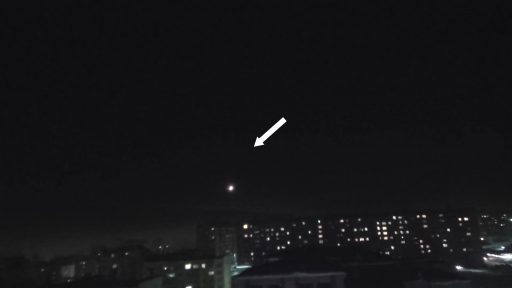
Residents in the Tuva Region in South Siberia reported seeing an explosion in the night skies accompanied by sonic booms – matching the timing and location of the spaceship’s disappearance. Debris related to the Progress vehicle and Soyuz rocket were discovered in a remote area 60 to 120 Kilometers west of the town of Kyzyl, some 2,250 Kilometers from the Baikonur launch site.
A painstaking investigation into the exact cause of the failure began within hours of the accident, conducted by a commission led by Roscosmos head Igor Komarov. Investigators were faced with a difficult case to solve because no meaningful telemetry from the rocket was available from the onset of the failure mechanism.
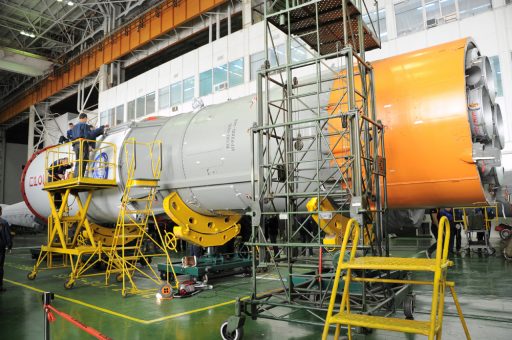
The State Commission was unable to identify a definitive cause of the failure, but worked out a probable failure scenario based on data available to them.
According to Roscosmos, the most probable cause of the accident was the disintegration of the third stage’s Liquid Oxygen tank as the result of the failure of the RD-0110 engine’s oxidizer pump. The destruction of the pump was triggered by a possible ingestion foreign objects or a defect introduced during production of the engine such as clearance between the pump shaft and its mounting sleeve, or unbalanced rotor components that could have caused excessive vibration which then transferred unusual loads into the oxidizer tank.
Roscosmos said the failure is likely the result of a production-related fault which manifested itself during flight.
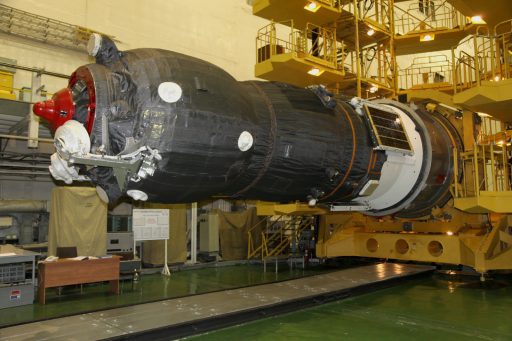
As part of the investigation, the only remaining Soyuz U third stage was shipped from the Baikonur Cosmodrome to its manufacturer TsSKB Progress for inspections of its engines and oxidizer tank welds to uncover any systemic issues that could have been introduced during production.
In Wednesday’s statement, Roscosmos said that work was underway to develop immediate measures to be implemented by space industry partners to ensure the safe launch of future missions.
The launch of the next Progress cargo mission, originally planned for early February, has already slipped to February 21st. Originally, the mission was expected to use the final Soyuz U rocket but a switch to the upgraded Soyuz 2-1A is currently being evaluated in the wake of the recent failure.
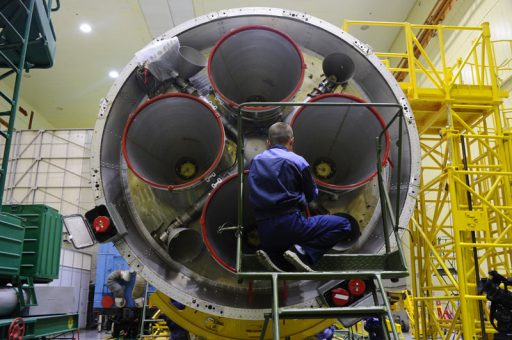
Soyuz U has been in service for over four decades and holds the records for the longest-serving launch vehicle and the most missions performed by an orbital launcher. Debuting in 1973, Soyuz U was responsible for launching satellites into all types of orbits, lifting Progress cargo vehicles to orbit and carrying crewed Soyuz spacecraft on missions to the Salyut and Mir Space Station as well as the International Space Station.
Crewed missions are currently handled by the Soyuz FG rocket, though its Block I upper stage is virtually identical to that of the Soyuz U, raising the question whether there is sufficient confidence into the Soyuz rocket to return to crewed missions even without a definitive cause of December’s launch failure. The upgraded Soyuz 2-1A rocket taking over Progress missions from the Soyuz U also has a large degree of commonality with the venerable booster, including the RD-0110 engine that has become a prime suspect in the recent failure probe.
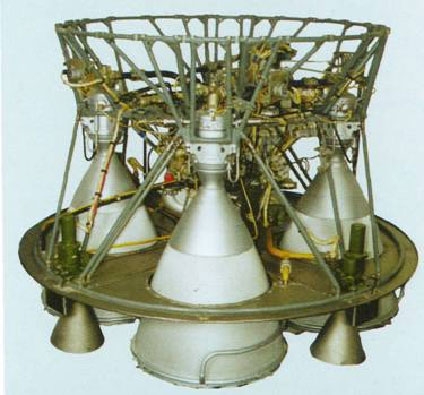
At present, Soyuz is the only active launch vehicle with an operational capability to launch humans to the International Space Station. Commercial Crew operators SpaceX and Boeing are currently looking at crewed test flights of their Dragon and Starliner spacecraft in May and August 2018 – until then, NASA and Roscosmos will have to rely on Soyuz to maintain a continuous human presence on the orbiting outpost.
Crewed Soyuz launches must resume by mid-May 2017 to avoid de-crewing the International Space Station when the most recently launched Soyuz craft reaches its maximum mission duration – giving Roscosmos plenty of time to implement corrective measures and return the Soyuz rocket to flight.
This was the third Progress mission lost due to problems during launch. The Progress M-12M spacecraft was lost in August 2011 when the Block I third stage of its Soyuz U rocket shut down prematurely 325 seconds into the flight after the onboard computer detected a decline in propellant pressures on the RD-0110 engine due to a blockage in a propellant line as was determined by an investigative commission.
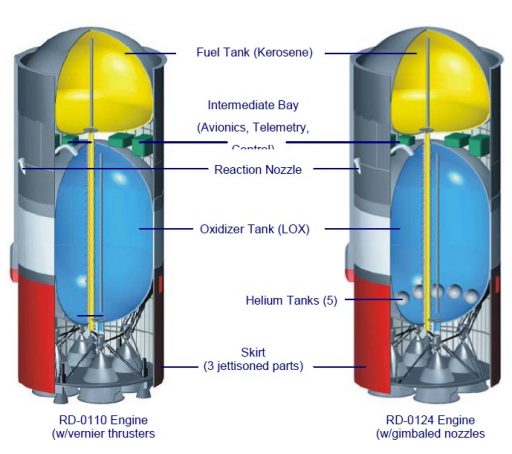
The most recent loss of a Progress spacecraft occurred in April 2015 when the Progress M-27M spacecraft received severe damage at the moment of engine shutdown on the modified Block I upper stage of its Soyuz 2-1A rocket – caused by unforeseen dynamics between the modified structure of the upgraded third stage and the Progress spacecraft. Although the spacecraft achieved orbit on that mission, Progress tumbled out of control and could not be recovered despite valiant efforts of flight controllers.
The next Soyuz mission on the worldwide launch schedule will occur on January 28 (UTC) from French Guiana, using a Soyuz ST-B rocket with Fregat MT upper stage to lift the Hispasat 36W-1 satellite in the rocket’s first Geostationary Transfer Orbit mission from French Guiana. Soyuz ST-B, the Europeanized version of the Soyuz 2-1B, uses a modified Block I third stage with an RD-0124 engine.

